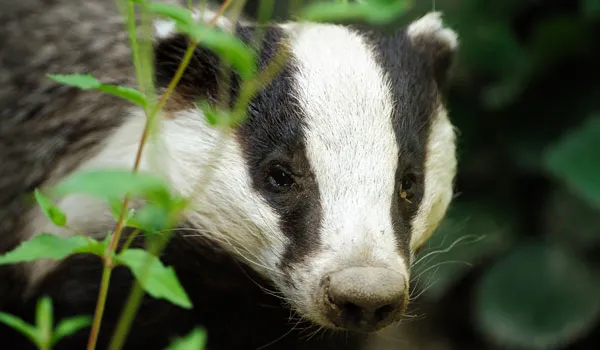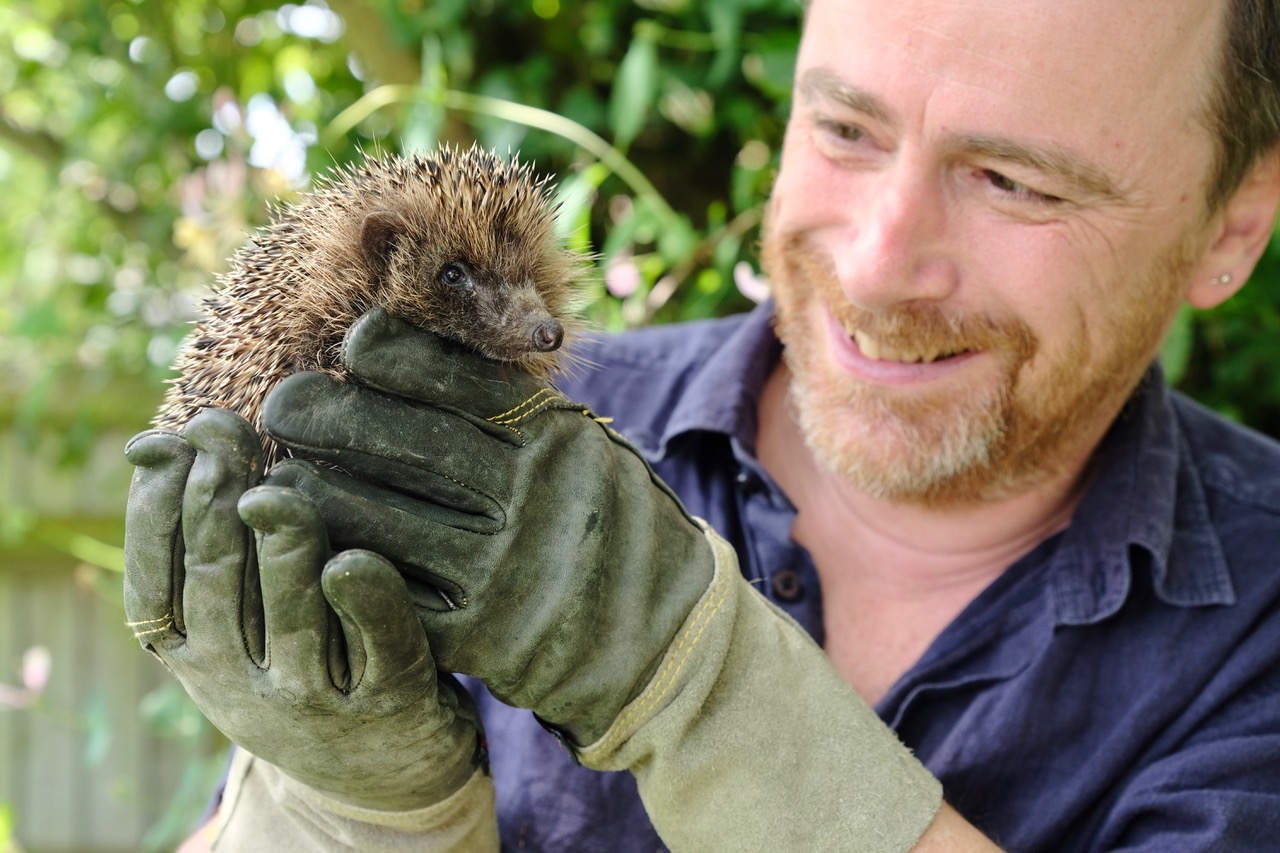Every now and then I am confronted by someone who thinks there is a conspiracy of silence on the part of conservationists. I am told that we are hiding a dark secret. The problem? That while my colleagues and I spend a lot of time raising awareness as to the plight of the hedgehog in this country (population down by over 50 per cent in some regions since the turn of the century) we deliberately ignore the real reason. Why are we not blaming badgers for the decline in hedgehogs?

Of course, I know badgers eat hedgehogs. I have for years written and talked about this subject. And as this statement makes clear, I have never shied away from acknowledging the fact that in our current environment, increased numbers of badgers results in a decreased number of hedgehogs. However, it is vital that the conservation message that is promoted is based on sound science, not on regressive political motives.
Hedgehogs and badgers have what is known as an ‘Asymmetric Intraguild Predatory Relationship’. They are competitors for the same food, macroinvertebrates, mainly worms. But when there is less food available, the landscape has a reduced capacity to support both species. We know that industrial agriculture degrades the invertebrate fauna of the fields. The impact this has on birds is well recognised, but less so in the case of hedgehogs and badgers.
This is compounded by a few other factors. Our signature landscape used to be of robust hedges. Now few farmers can afford to manage them in a manner that will generate great wildlife returns. These hedge-wraiths, almost transparent through poor management, do not provide the structural complexity that allows hedgehogs to make them a home, providing cover from badgers.
Inadvertently, farmers are feeding badgers as they continue to plant vast swathes of maize. Not only does the intensive production of maize impact on hedgehog food, it also allows badgers, who love the stuff, to enter the lean winter times in better condition. The situation is further exacerbated by the changing climate, bringing with it warmer winters. This leads to a higher survival rate for juvenile badgers.
An editorial in The Times stated, “where badger culls are conducted, the hedgehog population recovers.” This is without foundation. There was one study that found a very small increase in hedgehog numbers after a scientific cull, which is hardly surprising. But there is nothing to support the idea that killing badgers will help hedgehog conservation. Yet this is a message that is being promoted by the usual suspects – those who blame predators for many ills in the countryside and include among their number many large landowners and fellow-traveller commentators – all lacking a rudimentary understanding of ecology.
Worse still, it does nothing to address the very real threats faced by the hedgehog. A loss of food and the loss and fragmentation of habitat, by roads and garden fences, are critical. We must begin to ‘think hedgehog’ in all our development.
We can address some of these issues, the campaign Hedgehog Street gives a brilliant guide to how to begin to help this most charismatic of animals. We can – and should – aspire to an environment in which badgers and hedgehogs can thrive, as they have for the last 10,000 years. But for that to happen we need to take a very hard look at how we use our land. We can’t go blaming badgers for our bad management.

Photo credit: Hugh Warwick
Hugh Warwick is an author and ecologist and writes at www.urchin.info
